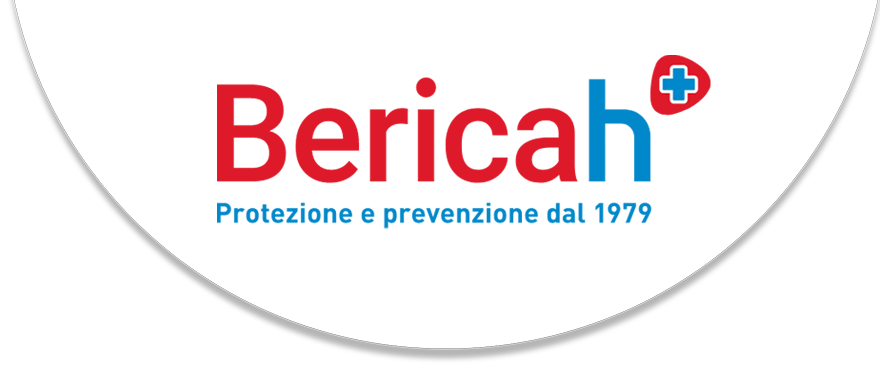FCMs IN DETAIL
Laws and Regulations
FCMs means Food Contact Materials.
It is essential to ensure that their components do not adversely affect the health of the consumer and/or influence the quality of food. This is achieved through specific legislation and strict controls.
Gloves that are intended to come into contact with food must comply with two framework regulations.
- Regulation (EC) n° 1935/2004 of the European Parliament and of the Council of 27 October 2004 on materials and articles intended to come into contact with food;
- Regulation (EC) n° 2023/2006 of the Commission of 22 December 2006 on good manufacturing practices for materials and articles intended to come into contact with food.
FCMs products must be manufactured in accordance with the good manufacturing practices, so that no material particles are transferred to food in quantities that could endanger human health, alter the composition of food or deteriorate its organoleptic characteristics.
Plastic materials are regulated by Commission Regulation (EU) no° 10/2011 of 14 January 2011 as supplemented by Regulation 1245/2020, while as far as natural and synthetic rubbers, Ministerial Decree of 21/03/1973 applies.

Which standards must FCMs products meet?
Gloves in:
(synthetic rubber)
(natural rubber)

Regulation (EC) n° 1935/2004, Ministerial Decree of 21.03.1973 and subsequent amendments and integrations and Regulation (EU) n° 10/2011
FCMs analysis
The assessment of the suitability of FCMs products – gloves, in the specific case of Bericah S.p.A. – for contact with food, is carried out through analysis by accredited laboratories (ISO/IEC 17025). There is, in fact, a possibility that the glove in contact with food could interact with it, causing different phenomena depending on the type of food.
The tests performed are: global migration, specific migration and dye transmittance. Migration is the study of the interaction between material and food. There is no such thing as “zero” migration and limits are set by the above indicated regulations.
Global migration is the amount of substance that is transferred from the material to a liquid that simulates the extractive capabilities of the food. It does not identify what has migrated but measures the total amount of non-volatile substances released from the material under the set time and temperature conditions.
The glove must not release its constituents to food simulants in quantities exceeding 8 mg/dm² in the case of rubbers and 10 mg/dm² in the case of plastics.
Specific migration is the quantification, in the simulant liquid, of certain substances (monomers, additives, etc.) present in the material being analysed. The object is to ascertain that the material does not release one of its constituents in a quantity greater than the limit set by the regulations in force. The specific migration limits of the various substances are indicated in the list found in Regulation 10/2011 and are set by EFSA based on the toxicity data for each substance.
The dye transmittance test ascertains that the dye is not transferred to the food. The time and temperature conditions under which to perform the tests are chosen based on the foreseeable contact conditions and the glove material type.
In the case of gloves, the temperature identified is 40°C, as suggested by the European guidelines (EUR 23814 EN 2009). The contact time is chosen according to the type of glove; a continuous contact time of 2 hours has been identified for disposable gloves. The contact duration and temperature must be stated on the label, as required by Regulation (EC) n° 1935/2004.
For Rubber
- Distilled Water, Simulant A, for aqueous foods with pH>4.5;
- Acetic acid 3% (p/v), simulant B, for acidic and/or aqueous foods with pH<4.5
- Ethanol 15% (v/v), simulant C, for alcoholic foods;
- Ethanol 50% (v/v) for dairy products;
Vegetable oil, simulant D, for oily or fatty products.
For plastic
- Ethanol 10% (v/v), Simulant A, for aqueous foods with pH>4.5;
- Acetic acid 3% (p/v), simulant B, for acidic and/or aqueous foods with pH<4.5;
- Ethanol 20% (v/v), simulant C, for foods containing alcohol ≤ 20%
- Ethanol 50% (v/v), simulant D1, for foods containing alcohol > 20% and oil-in-water emulsions;
- Vegetable oil, simulant D2, for oily or fatty products;


WHAT ARE THE SIMULANTS?
Material Simulants | RUBBER Products

WHAT ARE THE SIMULANTS?
Material Simulants | PLASTIC Products

Bericah S.p.A. has decided to test its products for a period of 2 hours at 40 °C.
To guarantee or not the conformity of the food contact material, Bericah S.p.A. has decided to also carry out tests of 30 minutes in case of NON-CONFORMITY with the 2-hour test.
In case of disposable gloves and clothing (M.D. 21/3/73, Annex IV, section 1 for natural and synthetic rubber; Commission Regulation (EU) N° 10/2011 of 14 January 2011, Annex V, Chapter 2 for plastic), a temperature of 40 °C was identified as appropriate, due to the fact that as the products are made of plastic or rubber a higher temperature is not advisable
Watch the video summary of this page.
You can either send an email or call us at +39.0444.240522

